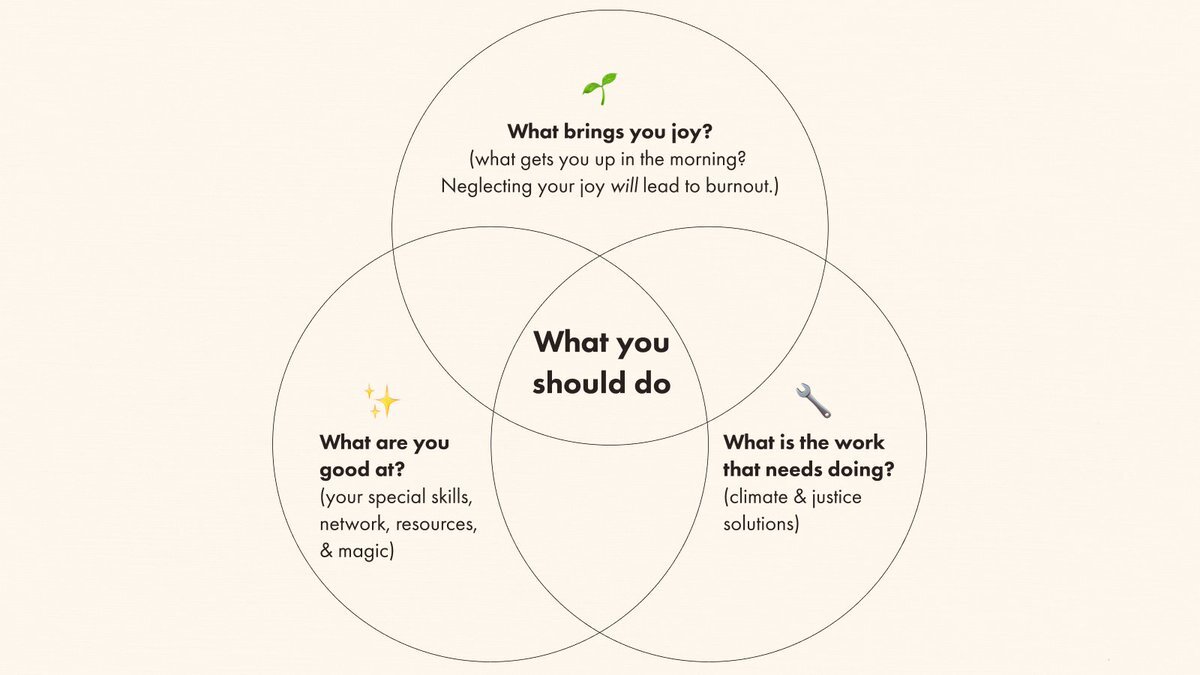by Sophie Kelly
The three-part review of one of Climable’s favorite books, All We Can Save continues! This is the final installation and if you haven't checked out the first two, head over there now (Part 1; Part 2).
Among the many formative experiences I’ve had as an intern at Climable, interviewing Shalanda Baker (now the Energy Justice Deputy Director at the Department of Energy) for our podcast, Behind the Switch, tops the list.
I was honored to meet a Black, queer woman in her position who wove not only decades of leadership, expertise, and firsthand experience into her work, but also a deep centering in love and community. At the end of our interview, she said something along the lines of, “Love is the most important tool we have in this fight. Keep that close and bring it with you into all work you do.”
Shalanda’s words have been echoing through my mind since that interview and I was struck by how much her message resonated as I read this book. There are many key takeaways from this compilation, but for me, love is what sticks out.
This is not to say that All We Can Save shies away from the fear, loss, and agony of what climate change is doing to our communities and the earth. As Ash Sanders writes at the end of her essay, “If your heart is breaking, you’re on my team” (p.247). This is painful, exhausting, gut-wrenching stuff.
But I believe that the antidote to these overwhelming feelings must be rooted in communal healing and action; both requiring an even larger amount of love. Love that guides us to be steadfast, hopeful, persistent. Audre Lorde tells us “our feelings are our most genuine paths to knowledge” (p.248).
Every page of this book felt like a salve for a broken heart, and a love poem with a map for how to continue marching forward.
In Emily Johnston’s essay, “Loving a Vanishing World,” she beautifully describes the struggle we may all face in feeling despair about the direction our world is heading in while at the same time feeling an inescapable need to help, some way, somehow. She writes, “to see beyond what despair sees–to move from the feeling toward the possibility–calls for things we have in abundance: love, imagination, and a willingness to simply tend to the world as best we can, without guarantee of success.” (p.259)
Luckily, Ayana and Katherine have given readers more resources to continue asking and answering these questions beyond the pages of the book. Katherine recently published an article in Time, “The Climate Crisis Is a Call to Action. These 5 Steps Helped Me Figure Out How to Be of Use” that lays out 5 clear steps for getting started in the climate movement. And Ayana created an exercise you can work out with a pen, paper, and time for reflection (see the image beow for instructions!).
As always, reach out to us with questions, comments, and ideas… especially any other books you’d like for us to review! Stay tuned into the All We Can Save Project and if you’re looking to engage on a deeper level, consider joining or starting a reading circle.
And as Janisse Ray reminds us, “How shall we live? As if we believe in the future” (p.320).
Need inspiration? Follow Dr. Johnson’s instructions and make a Venn diagram- a series of three overlapping circles as depicted above. Fill in circle 1 with “what brings you joy?” Fill in circle 2 with “what is the work that needs doing?” Fill in circle 3 with “what are you good at?” Notice where themes overlap and that makes up the center, “what you should do.”




